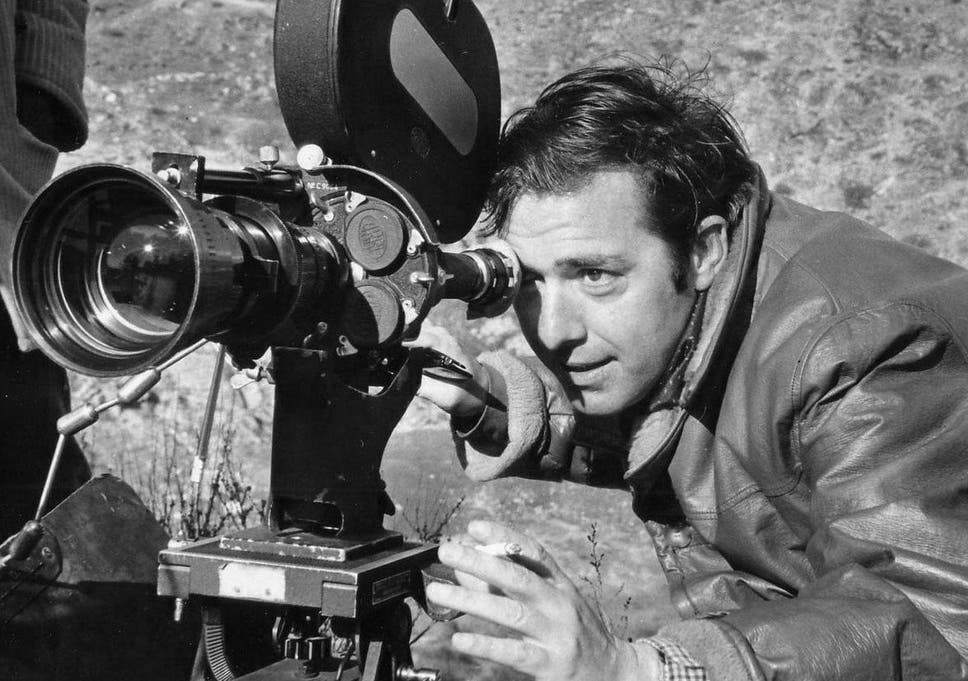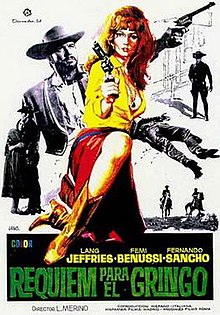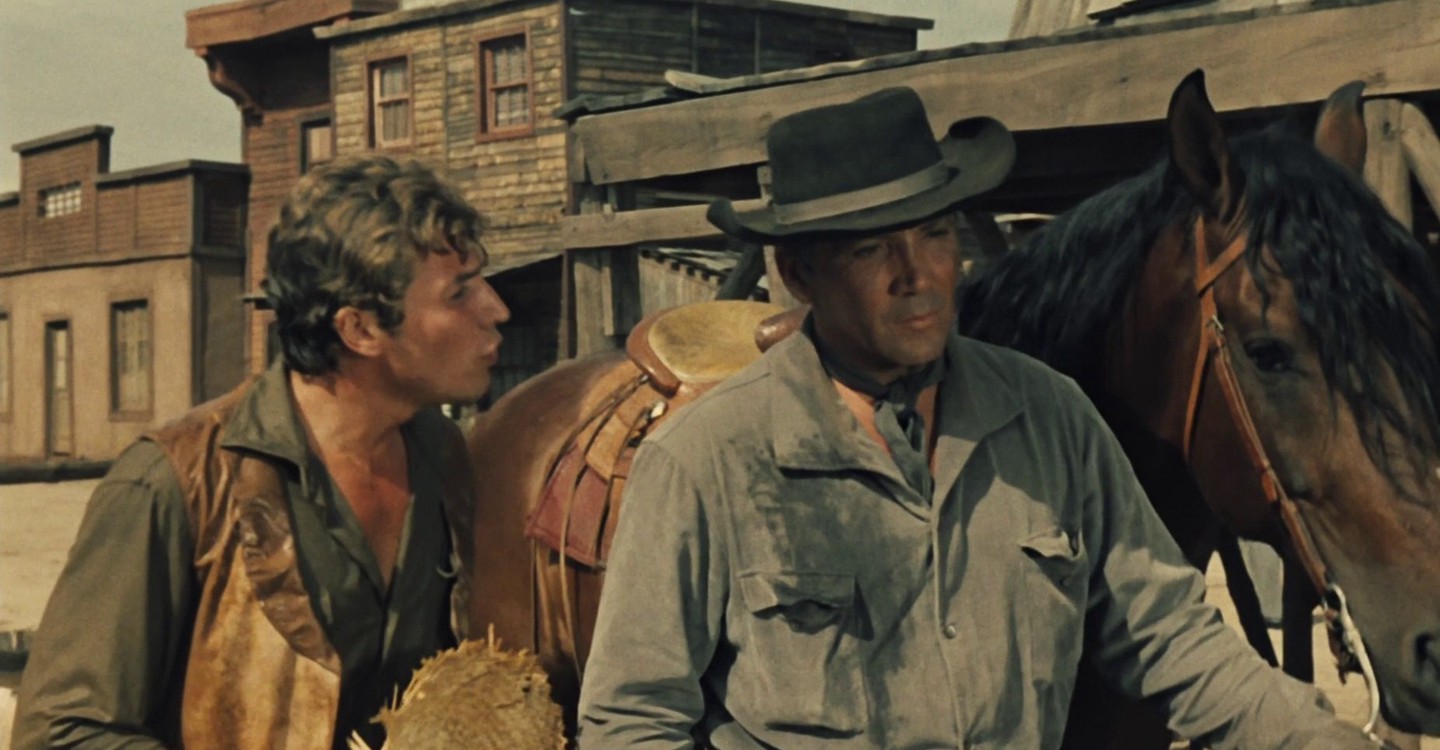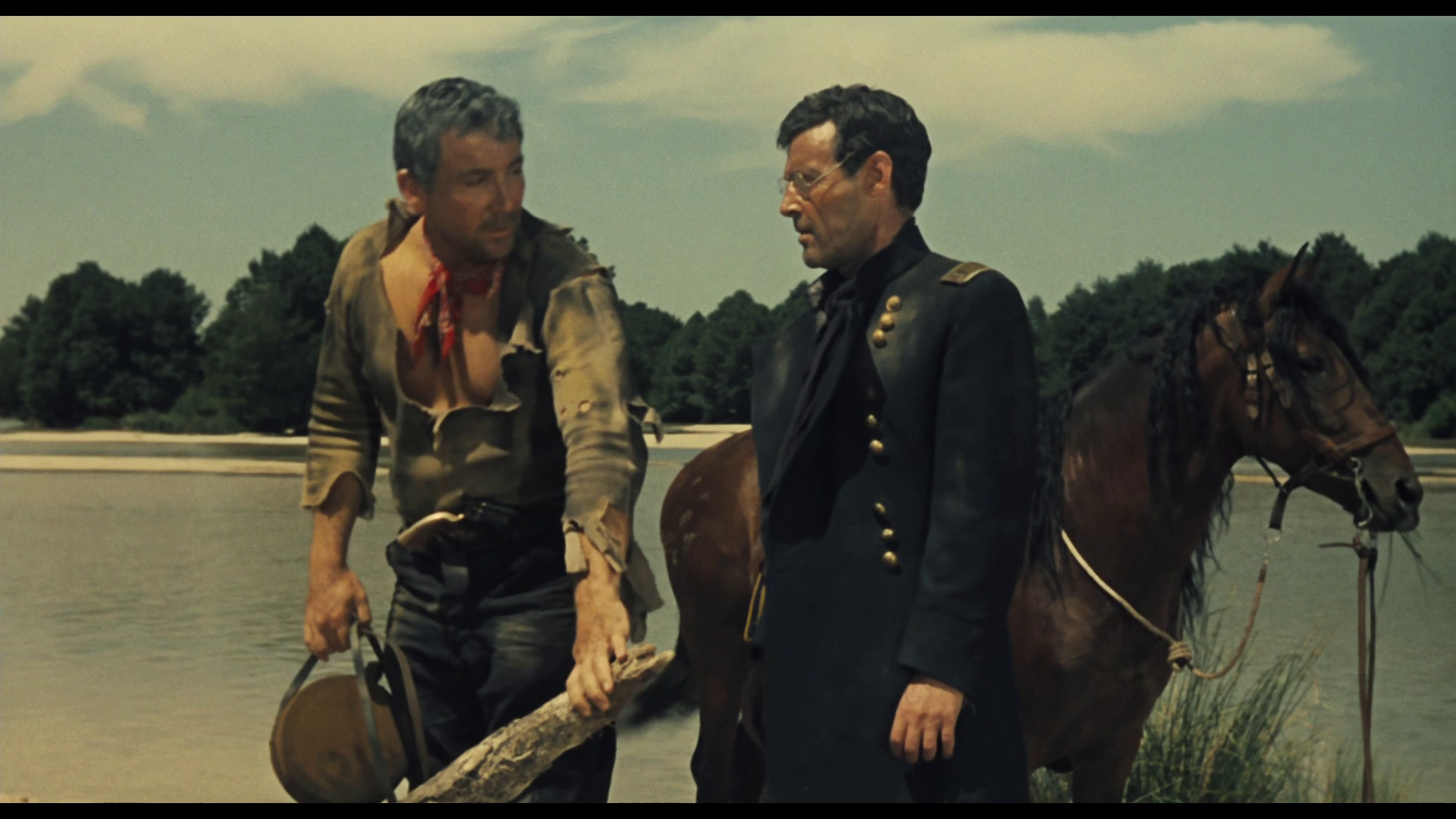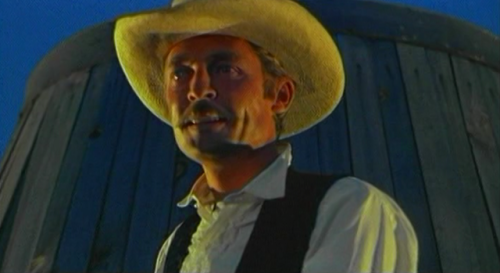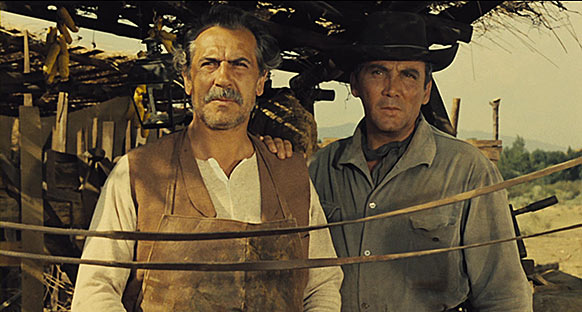by Tony Nash
Since I did one for Arrow Video, I figured it was only appropriate to do one for 88 Films too. Now this one will be exclusively to their Italian Collection line as I’ll admit that’s my favorite selection of titles.
(Note: some of the titles listed here 88 has already had requests for, some from this blogger too)
The Commissioner Betti Trilogy:
Roma Violenta (Violent Rome) – Director: Marino Girolami, Starring: Maurizio Merli, Richard Conte, Silvano Tranquili, Ray Lovelock, John Steiner, Daniela Giordano, Attilio Duse, Giuliano Esperati, Marcello Monti
Napoli Violenta (Violent Naples) – Director: Umberto Lenzi, Starring: Maurizio Merli, John Saxon, Barry Sullivan, Elio Zamuto, Carlo Gaddi, Silvano Tranquili, Attilio Duse, Maria Grazia Spina, Guido Alberti
Italia a Mano Armata (A Special Cop in Action/Italy: Armed and Dangerous) – Director: Marino Girolami, Starring: Maurizio Merli, John Saxon, Raymond Pellegrin, Mirella D’Angelo, Toni Ucci, Daniele Dublino, Fortunato Arena, Massimo Vanni, Marcello Monti, Sergio Fiorentini, Franco Borelli,
Roma a Mano Armata (Rome Armed to the Teeth/The Tough Ones) – Director: Umberto Lenzi, Starring: Maurizio Merli, Tomas Milian, Arthur Kennedy, Ivan Rassimov, Giampiero Albertini, Biagio Pelligra, Luciano Catenacci, Stefano Patrizi, Luciano Pigozzi, Allesandra Cardini, Gabriella Lepori
Napoli Spara (Naples: Armed and Ready/Weapons of Death) – Director: Mario Cianio, Starring: Leonard Mann, Henry Silva, Ida Galli, Jeff Blynn, Massimo Deda, Enrico Maisto, Tommaso Palladino, Tino Bianchi, Massimo Vanni
L’Assassino è Costretto ad Uccidere Ancora (The Killer Must Kill Again) – Director: Luigi Cozzi, Starring: George Hilton, Antoine Saint-John, Eduardo Fajardo, Femi Benussi, Cristina Galbo, Tere Velazquez, Alessio Orano
Quelli Che Contano (The Ones Who Count/Cry of a Prostitute) – Director: Andrea Bianchi, Starring: Henry Silva, Barbara Bouchet, Fausto Tozzi, Vittorio Sanipoli, Pietro Torrisi, Mario Landi, Dada Gallotti
Il Diavolo a Sette Facce (The Devil with Seven Faces) – Director: Osvaldo Civirani, Starring Carroll Baker, George Hilton, Stephen Boyd, Lucretia Love, Ivano Staccioli, Luciano Pigozzi, Daniele Vargas, Franco Ressel
L’Uomo della Strada fa Giustizia (The Manhunt) – Director: Umberto Lenzi, Starring: Henry Silva, Luciana Paluzzi, Silvano Tranqiuli, Claudio Gora, Luciano Catenacci, Susanna Melandri, Claudio Nicastro
Il Cittadino si Ribella (Street Law/Citizen’s Rebellion) – Director: Enzo G. Castellari, Starring: Franco Nero, Giancarlo Prete, Barbara Bach, Renzo Palmer, Romano Puppo, Renata Zamengo, Franco Borelli
Sette Scialli di Seta Gialli (The Crimes of the Black Cat) – Director: Sergio Pastore, Starring: Anthony Steffen, Sylva Koscina, Giovanni Lenzi, Renato de Carmine, Giacomo Rossi Stuart, Umberto Raho, Annabella Incontrera, Shirley Corrigan
Il Grande Racket (The Big Racket) – Director: Enzo G. Castellari, Starring: Fabio Testi, Vincent Gardenia, Renzo Palmer, Orso Maria Guerrini, Glauco Ornato, Marcella Michelangeli, Romano Puppo, Sal Borgese, Joshua Sinclair, Daniele Dublino
I know I left out a few titles here, but I do try to include titles that seem right for the company to restore.
Anyone who knows of other titles that 88 Films should consider restoring, feel free to list them in the comments, and please be fair and kind in them.
Filed under: Film: Special Topics






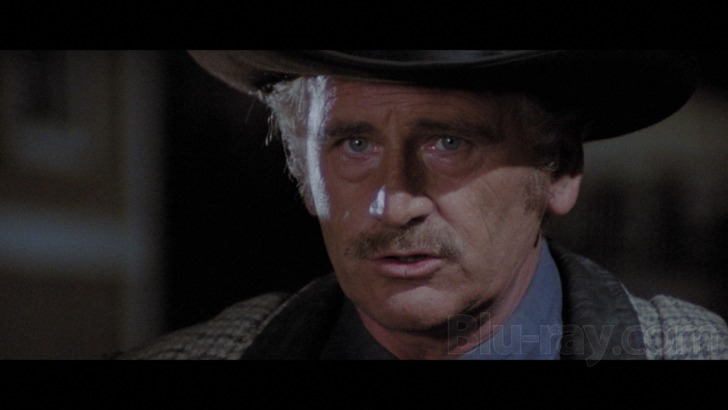

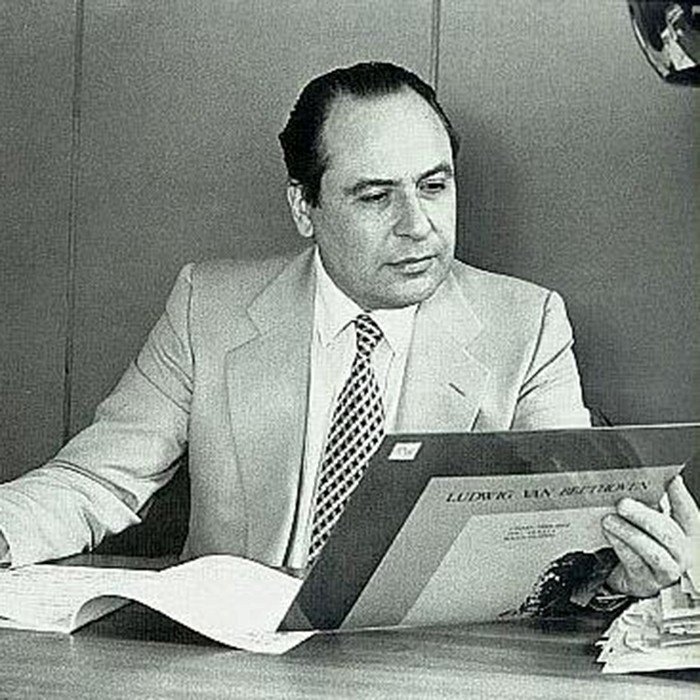


 Should Lenzi be associated with any particular film genre or style, the more accurate films he should be admired for come from the Giallo and Poliziotteschi genres that were popular between the 1960’s and 1980’s. Giallos in the more traditional sense are Murder/Mystery/Thrillers done Italian style with more emphasis on mood and atmosphere and twisty stories. While they would become unfairly joined up with Horror films, those that know the difference will surely recognize the tightness of the story and cinematography that Lenzi would soon incorporate into his own style. It can never be proven as the genre has become blurred throughout the years, but Lenzi is associated with probably more Giallos than any of his contemporaries, with the exception of Massimo Dallamano. It was with the genre Lenzi was able to cut his teeth into the industry and allowed him to find what he excelled at as a filmmaker. With so many films of that type being made, it would be difficult to say Lenzi was the King of the Giallo, though it is clear a good chunk of the genre was tied to him and his success within it. Paranoia, Cosi Dolce……Cosi Perversa (So Sweet, So Perverse), Orgasmo, and Sette Orchidee Macchiate di Rosso (Seven Blood-Stained Orchids) are some his better known titles that fans should enjoy.
Should Lenzi be associated with any particular film genre or style, the more accurate films he should be admired for come from the Giallo and Poliziotteschi genres that were popular between the 1960’s and 1980’s. Giallos in the more traditional sense are Murder/Mystery/Thrillers done Italian style with more emphasis on mood and atmosphere and twisty stories. While they would become unfairly joined up with Horror films, those that know the difference will surely recognize the tightness of the story and cinematography that Lenzi would soon incorporate into his own style. It can never be proven as the genre has become blurred throughout the years, but Lenzi is associated with probably more Giallos than any of his contemporaries, with the exception of Massimo Dallamano. It was with the genre Lenzi was able to cut his teeth into the industry and allowed him to find what he excelled at as a filmmaker. With so many films of that type being made, it would be difficult to say Lenzi was the King of the Giallo, though it is clear a good chunk of the genre was tied to him and his success within it. Paranoia, Cosi Dolce……Cosi Perversa (So Sweet, So Perverse), Orgasmo, and Sette Orchidee Macchiate di Rosso (Seven Blood-Stained Orchids) are some his better known titles that fans should enjoy.